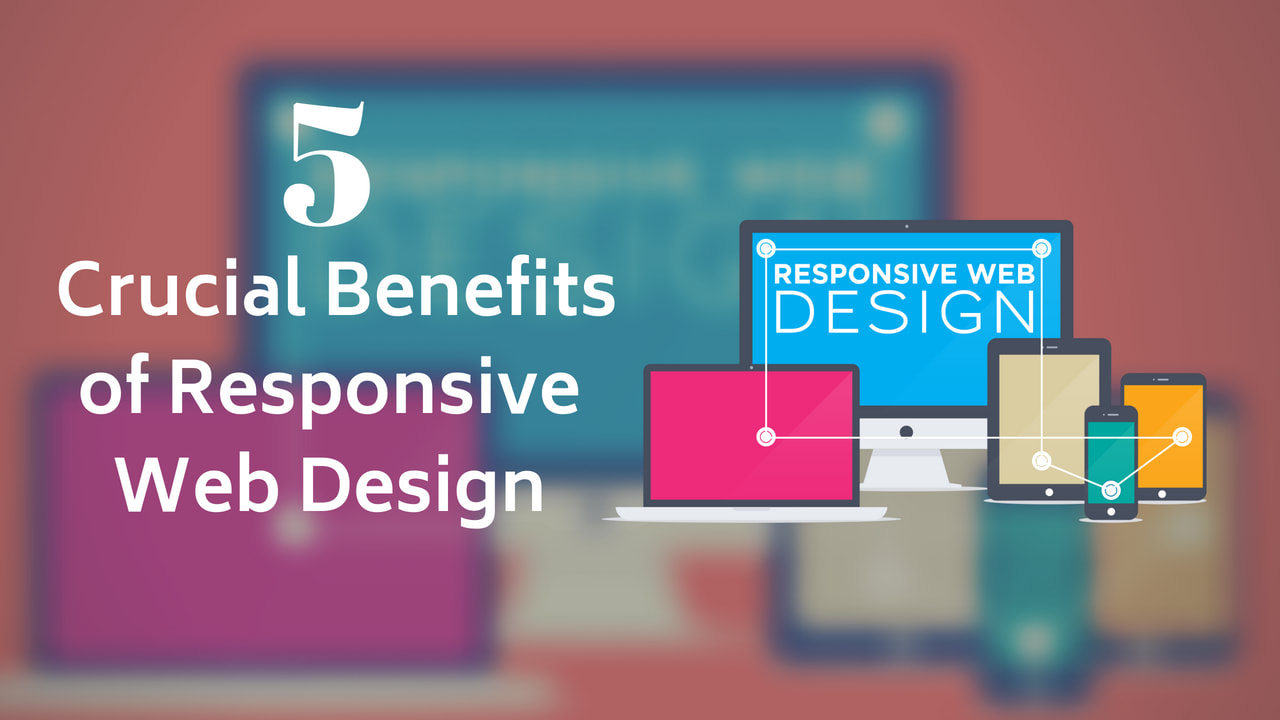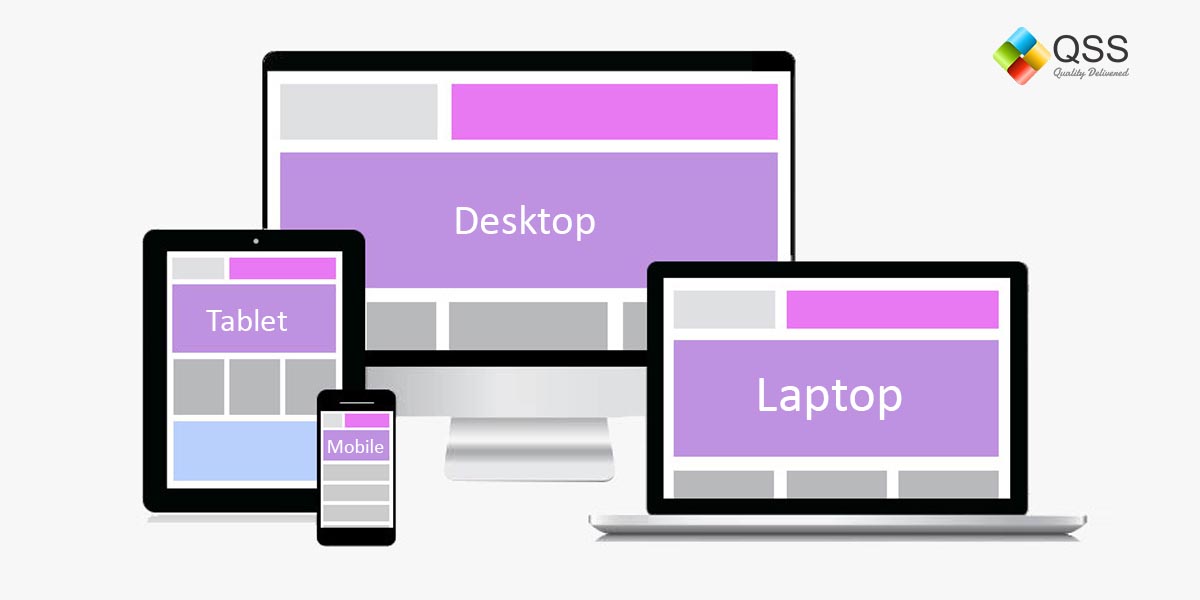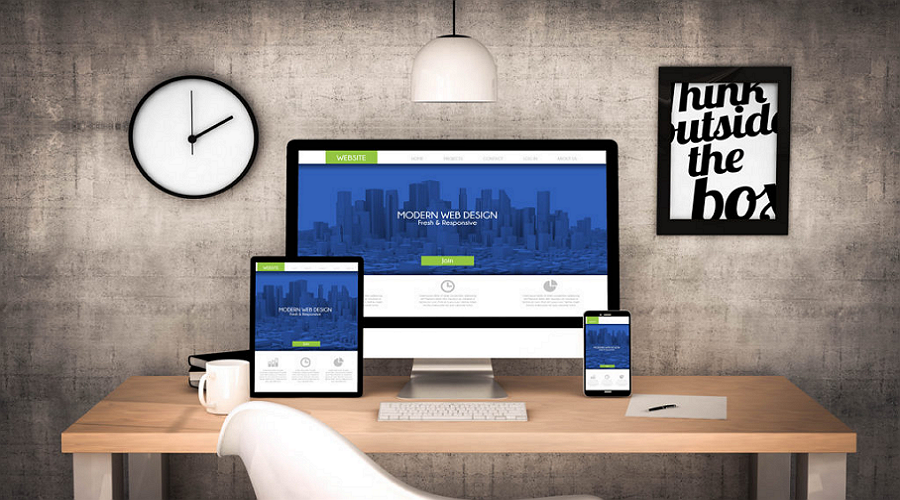

The benefits that will accrue to you at the long run, will outweigh whatever you’re going to spend on it in the beginning.Īnother benefit of having a great responsive website ready for all devices is its adaptability to any screen size. To avoid scenarios like this, it’d be worthwhile to evaluate the quality of your website design. So after such an experience like this, do you think such a user would come back to your website? I didn’t think so too.


This makes it a pain for users to use your site smoothly and seamlessly. Texts are jumbled, images do not align and users have to scroll through endless pages in search of the information they need. Whereas desktop viewers might have no problem viewing your website, but the same cannot be said for mobile users. Unresponsive websites usually distort the way your website appears on devices like mobile, and tablet. This is by far one of the greatest benefits of having a responsive website. Need a place to start, you can access website design offers that are visually appealing and ready for all devices. And you could also offer tailored location-based offers to drive traffic to your website. It frees up more time for you to dedicate to other important areas of your business. And it’s easier to maintain one responsive website than maintaining two versions of the same site. But the reduced cost of maintaining two separate websites does add up.īesides, it takes less time to setup. However, it is relatively expensive in the beginning. And they might also remember to visit your website some other time whenever they are in search of services you offer.Īnother benefit of using a responsive website is: it offers you a lower maintenance cost as compared to running two versions of one website. This ensures that people you retain your mobile viewers. Nowadays, you can have just one responsive website that is ready for all devices. But with ever increasing viewership from mobile users, having two separate versions of one website is a time consuming and high maintenance practice. One for desktop users, and one strictly for mobile users. Once upon a time businesses used to create two versions of one website.


 0 kommentar(er)
0 kommentar(er)
